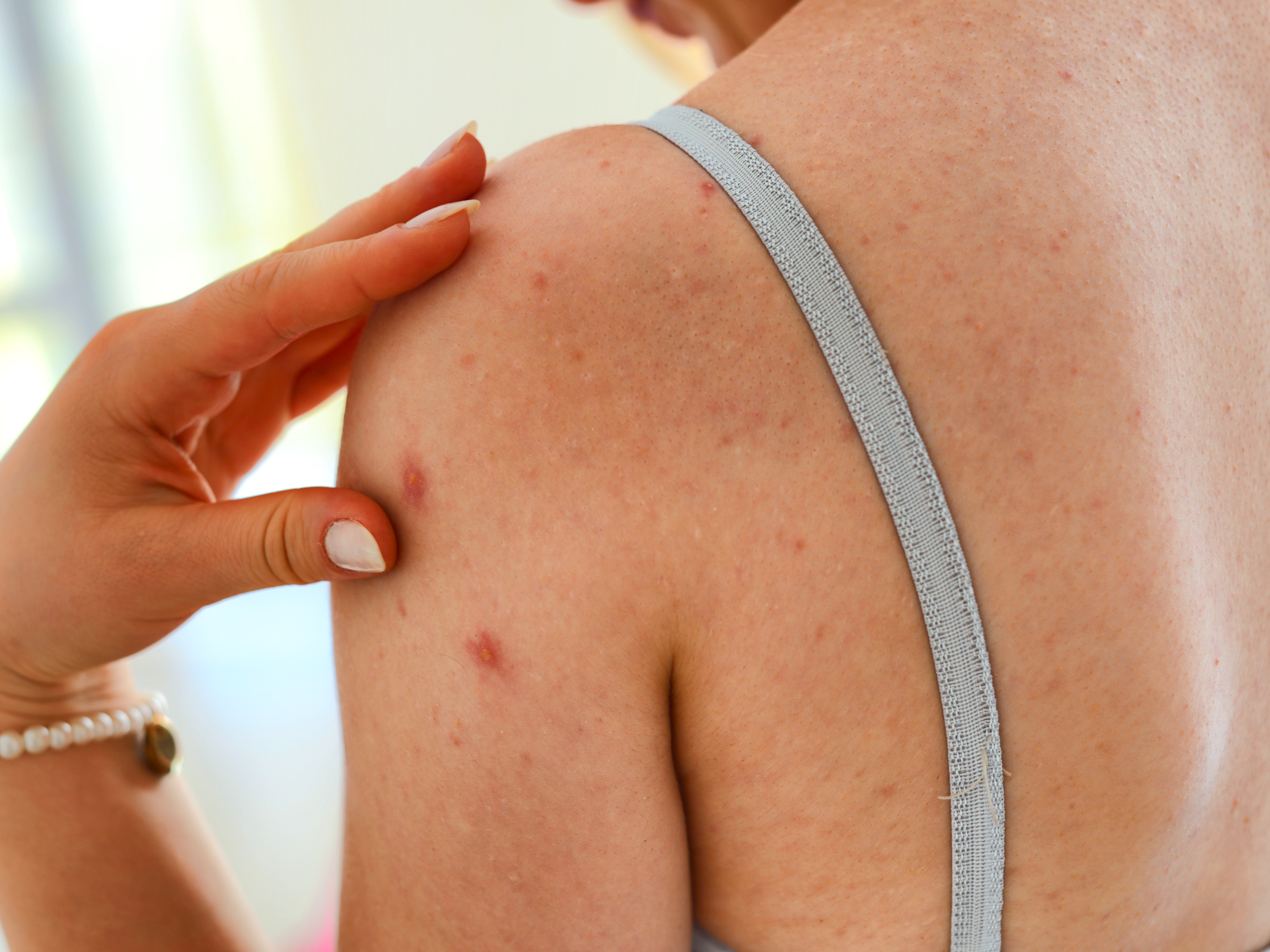- Not all red skin spots are caused by acne.
- Many other skin conditions can result in bumps that look like normal blemishes.
- Some more serious conditions like staph infections and skin cancer can also look like pimples.
- Visit INSIDER’s homepage for more stories.
Spotting a new blemish can put a damper on anyone’s day, but not every skin bump is a pimple.
According to the American Academy of Dermatology (AAD), acne is caused by blocked pores that become infected by bacteria. There are plenty of skin conditions that mimic the look and feel of acne.
INSIDER consulted with dermatologists and doctors to identify a few of the most-common skin bumps that may masquerade as pimples, but are actually something totally different.
Milia can look like whiteheads.
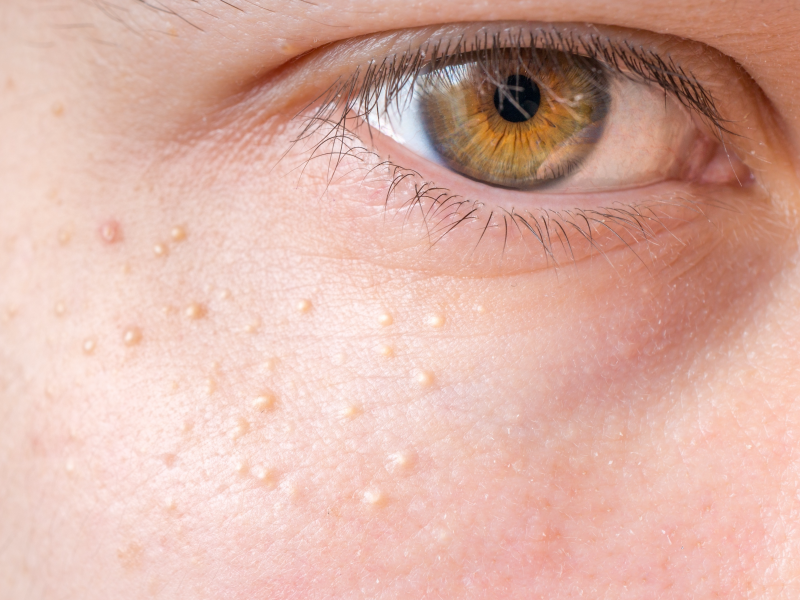
One type of skin lesion that can mimic a pimple is a milia. These pale, raised dots frequently appear around the eyes, but milia can also show up on other areas of the skin.
"Milia can look like whiteheads, but they are actually tiny keratin cysts that form in a pore. Since milia are encased under skin, they can sit there for months bothering you unless they are extracted," board-certified dermatologist Dr. Heather Downes told INSIDER.
Milia are harmless, but many people want to be rid of them for cosmetic reasons. Dermatologists typically puncture the skin with a sterile instrument and then use a tool called a comedone extractor to squeeze them out of the skin. According to Healthline, chemical peels and topical retinoids may also be helpful in clearing away milia.
Rosacea can cause red patches and bumps on the skin.
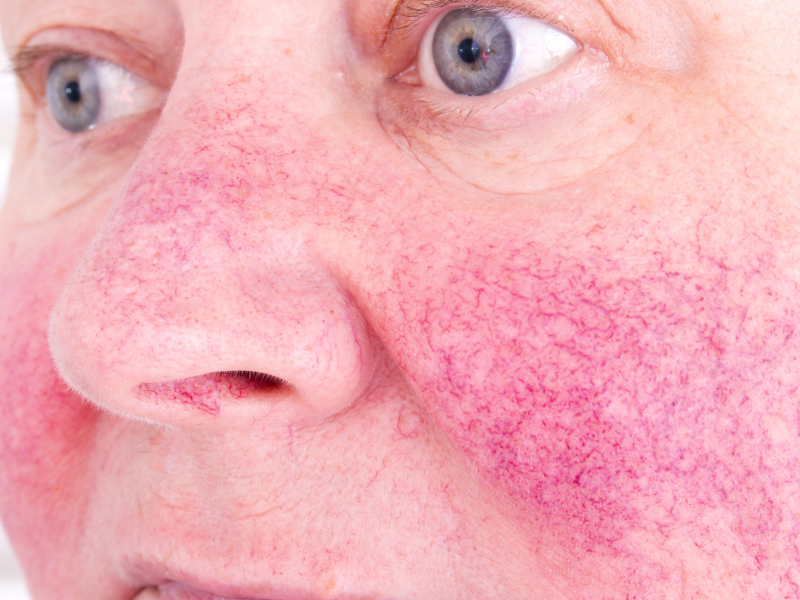
Another condition that is frequently confused with acne is rosacea. This chronic skin condition often leads to facial redness, visible blood vessels, and bumps.
"Patients with rosacea have very sensitive skin. Their skin gets easily irritated by sunlight, cold wind, and irritating skin products. As a result, their skin can turn red and form small. temporary pink bumps and pustules that look like acne, but are actually bumps of inflammation," explained Dr. Downes.
These bumps usually occur on the forehead, nose, cheeks, or chin and can last days. Unfortunately, Dr. Downes advised that scrubbing or using acne medications on rosacea can inflame the skin more. It's best to see a dermatologist to treat rosacea, as there are topical medications that can keep it under control. People with rosacea should also be careful about protecting their skin from the sun.
Periorificial dermatitis can cause “breakouts” around the nose and mouth.
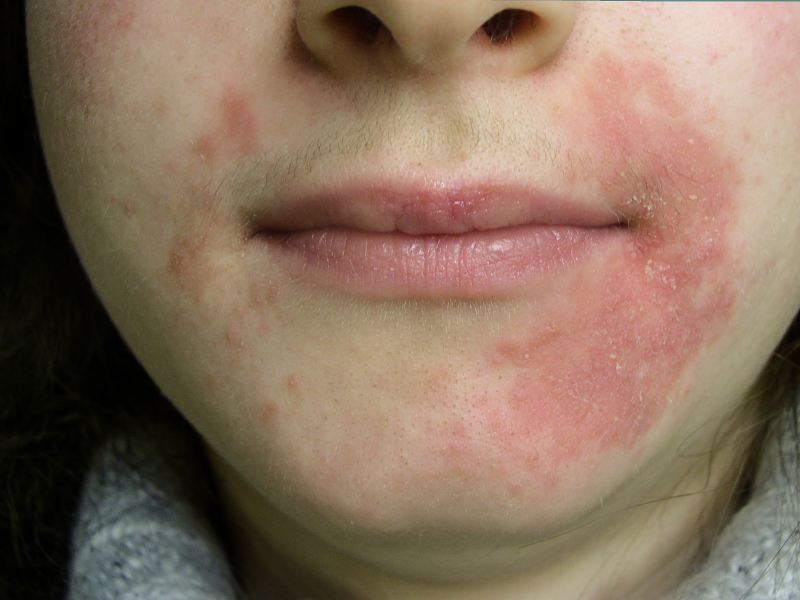
Periorificial dermatitis is a skin condition that causes clusters of small, itchy, and sometimes sore red bumps on the face. When the condition affects the lower half of the face, it may be known by the more specific term of perioral dermatitis.
Board-certified dermatologist Dr. Susan Bard told INSIDER that is most commonly presents around the nose and mouth and is usually linked to overuse of topical steroids. It can also be triggered by inhaled prescription steroid sprays used in the nose and the mouth, some toothpaste, and heavy face moisturizers.
Normally, periorificial dermatitis will go away once you stop using topical steroids or the irritating product. Sometimes dermatologists will also prescribe an oral antibiotic such as tetracycline or a topical antibiotic like metronidazole.
It’s easy to mistake folliculitis for body acne.
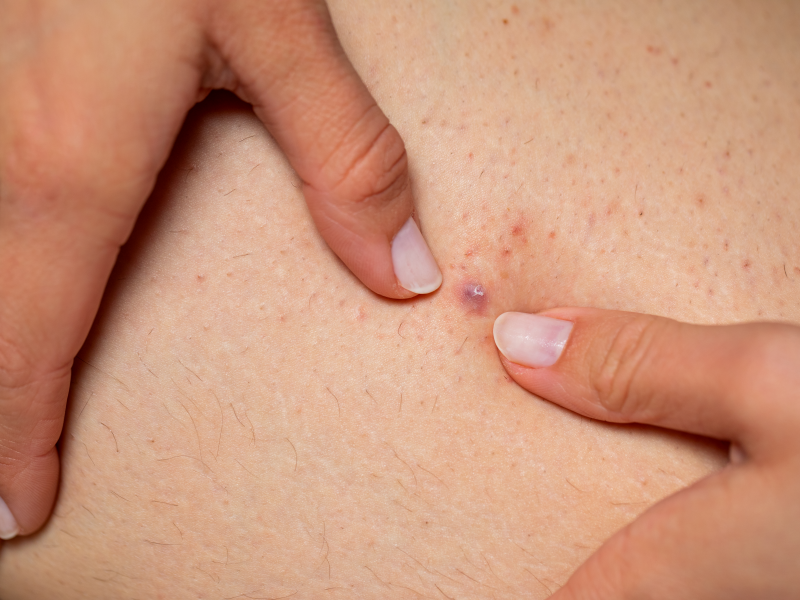
If you think you have body acne, you may want to make sure it's not actually folliculitis. This is a condition in which normal hair follicles become inflamed or infected, resulting in small red bumps. It most commonly occurs on the chest, back, arms, and legs.
"The bumps look like acne, but if you look closely, you will see the pattern follows hair your follicles. This condition is usually caused by bacteria but can sometimes be caused by yeast in the skin," board-certified dermatologist Dr. Jerome Potozkin told INSIDER.
Prevention includes showering after exercise or hot tub use to remove sweat and bacteria, as well as using gentle antibacterial soap on affected areas. Treatment options range from topical antibacterial agents and anti-yeast medicines to oral medications. The AAD advised that if you keep your immune system healthy and stop doing whatever is causing the folliculitis, it will usually go away.
Sebaceous hyperplasia can look like large pimples.
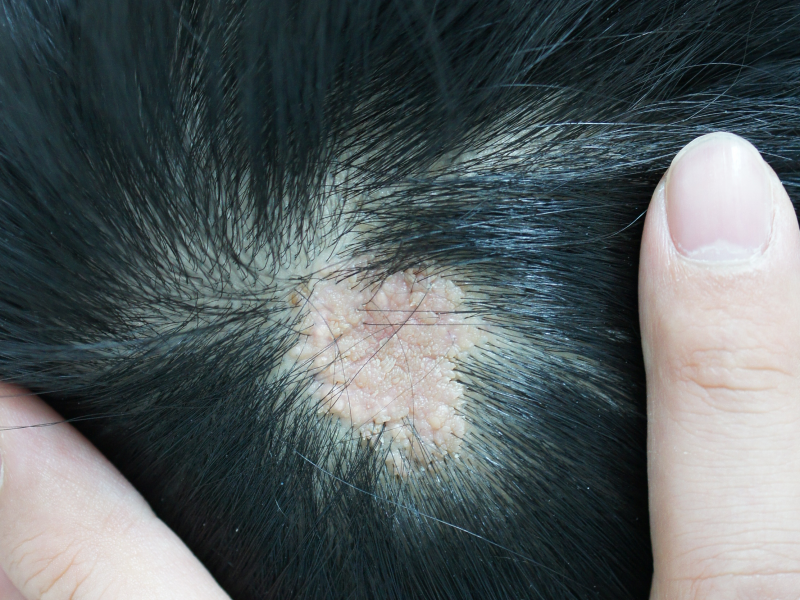
Sebaceous hyperplasia takes the form of small bumps that grow in hair follicles with enlarged sebaceous glands. Though it is technically considered a tumor, sebaceous hyperplasia is totally harmless and not cancerous.
These benign growths often appear reddish with a hint of yellow or white, Dr. Potozkin explained. They tend to be inherited and most commonly appear on the face of older adults, though they can occur at any age.
If you wish to have sebaceous hyperplasia treated, your dermatologist will likely use light electrocautery or laser vaporization to remove individual lumps.
Molluscum contagiosum can cause doughnut-shaped bumps on the skin.
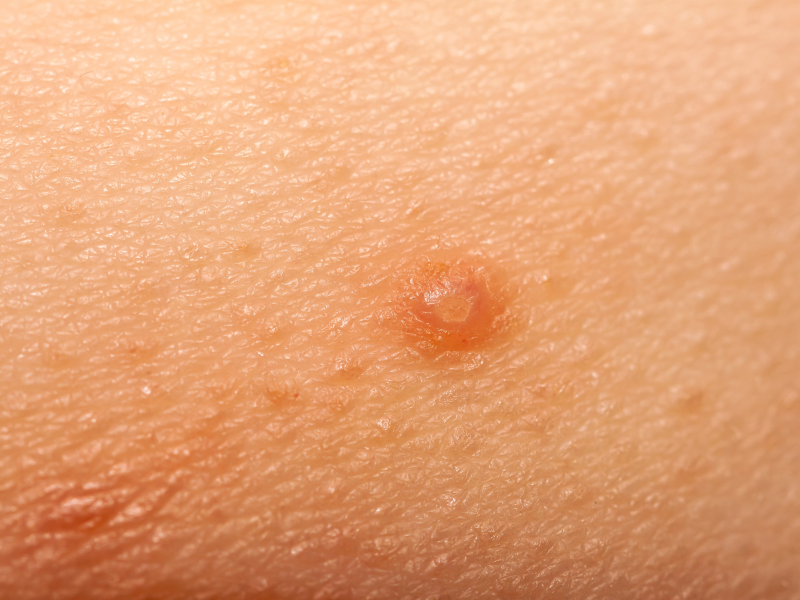
Though acne pimples are caused by bacteria on the skin, similar-looking lesions can actually be caused by a viral infection.
"Molluscum contagiosum is a viral skin condition that can cause doughnut-shaped pink or skin-colored bumps on the skin. When small, these may be confused with pimples," Dr. Bard told INSIDER.
According to the British Association of Dermatologists, molluscum contagiousum is caused by a pox virus and can be spread from person to person through direct contact or sharing personal items like towels or clothes. The condition is harmless and usually clears by itself, though in some people this may take between six and 18 months.
Keratosis pilaris can cause small bumps on the skin.
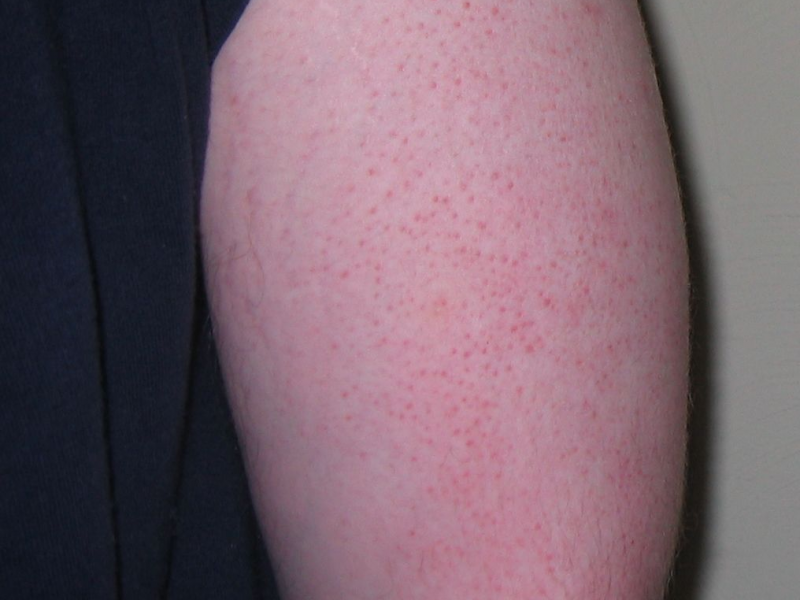
Keratosis pilaris is very common skin condition that causes small, hard bumps to appear on your skin like a rash. These bumps may make your skin feel like sandpaper.
"Some might mistake keratosis pilaris for acne, but it's a genetic condition that occurs when the skin doesn't exfoliate normally and the keratin blocks the pores, causing these tiny bumps," Dr. Debra Jaliman, dermatologist and assistant professor of dermatology at Icahn School of Medicine at Mount Sinai, told INSIDER.
The bumps caused by keratosis pilaris are often light-colored and tend to crop up on the arms. Dr. Jaliman advised that the condition can be treated using lotions that contain keratolytic agents such as salicylic acid. Keratolytic agents cause the outer layer of the skin to loosen and shed, helping to exfoliate areas affected by keratosis pilaris.
Your pimples might be an allergic reaction.
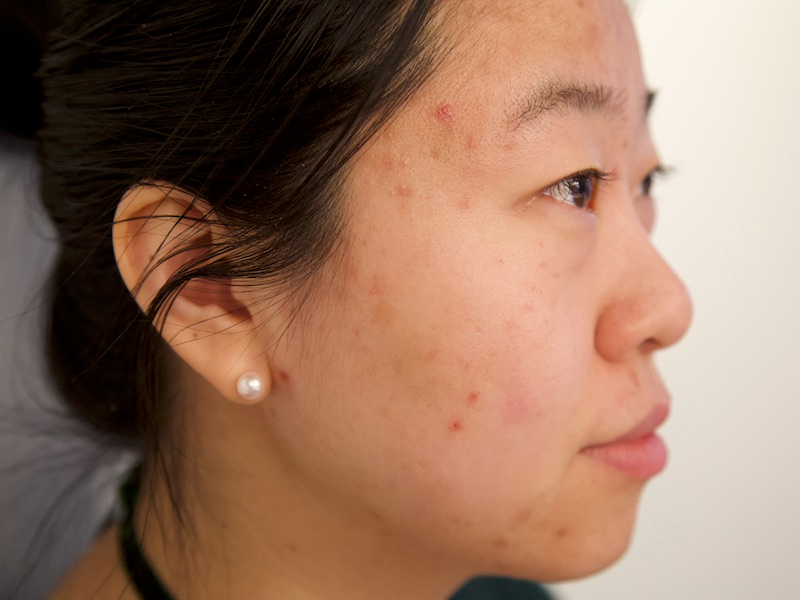
Some skin products can clog pores and cause acne, but even many non-comedogenic products may cause rashes and allergic reactions that can look like acne.
"An allergic reaction could cause red bumps that may look similar to pimples. An allergic reaction tends to itch, while acne doesn't cause itching," explained Dr. Jaliman.
Dr. Jaliman advised that people with sensitive skin should avoid products with fragrance, as it's a common source of skin sensitivity and skin allergy. Preservatives used in makeup can also cause allergic reactions, and some people may experience skin problems as a reaction to certain foods or allergens like pollen.
Chickenpox can cause a rash that looks surprisingly like acne.
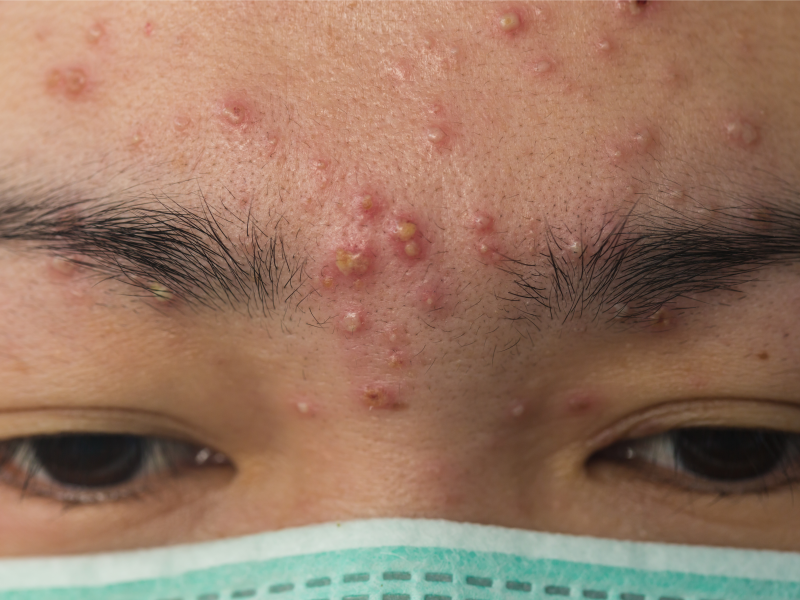
Chickenpox is a common infection that is caused by the varicella-zoster virus. Symptoms start to develop around 10 to 20 days after exposure to the virus and typically include skin bumps that look very similar to body acne.
"Chickenpox is quite commonly mistaken for acne. That is because it causes an itchy rash along with small blisters that are filled with fluid," Dr. Hardik Soni, emergency medicine physician and medical director of Ethos Spa, Skin, and Laser Center, told INSIDER.
If you're prone to pimples on your body, you may mistake chickenpox for just another breakout. However, the virus will usually eventually cause fever, aches, and pains. Though the symptoms of chickenpox are usually worse in adults, the condition does normally resolve by itself in about a week without any special treatment. It may be worth visiting your doctor anyway to confirm a diagnosis and get advice for alleviating your symptoms.
Staph infections can mimic acne.
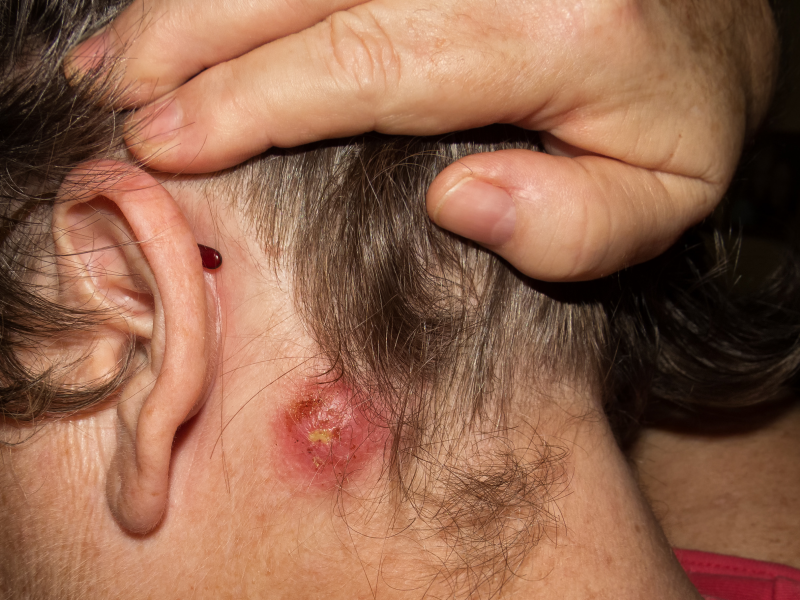
Staph infections are caused by staphylococcus bacteria. These bugs are usually harmless and normally found on the skin of healthy people, but can cause infection if they find their way into open cuts or scratches.
Dr. Soni told INSIDER that staph infections often cause pimple-like boils, bumps, and redness that can be easily mistaken for acne. Unlike normal pimples, staph infections can process to pus-filled blisters or large patches of irritated skin.
Though most staph infections are minor and will clear up on their own, some can lead to life-threatening conditions such as septicemia or an infection of the inner lining of the heart. If you suspect you have a staph infection or have a skin lesion that isn't getting better, head to your doctor for a diagnosis.
Some type of skin cancer can look like pimples.
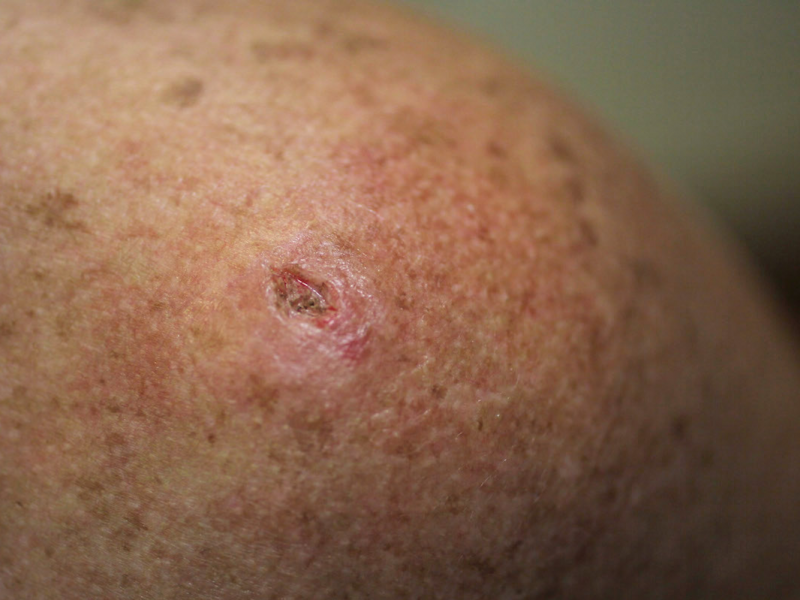
One of the most alarming types of acne-mimickers is a type of skin cancer called basal cell carcinoma.
"Basal cell carcinoma is the most common skin cancer and is often mistaken for a pimple. Pimples usually resolve over days to weeks. If instead, it lasts several months, you should see a board-certified dermatologist as it might need to be biopsied to rule out skin cancer," Dr. Downes advised INSIDER.
The good news is that basal cell carcinoma is considered a low-risk skin cancer. According to the Skin Cancer Foundation, it is only life-threatening in exceedingly rare cases.
"The risk of it spreading in the body is close to zero. It is just locally destructive to adjacent tissues," explained Dr. Downes.
The typical treatment involves surgically removing the affected area. Even though basal cell carcinoma isn't usually an aggressive type of cancer, it can result in scarring if left untreated for too long. Get any suspicious marks or bumps checked sooner rather than later to catch skin cancer early.
